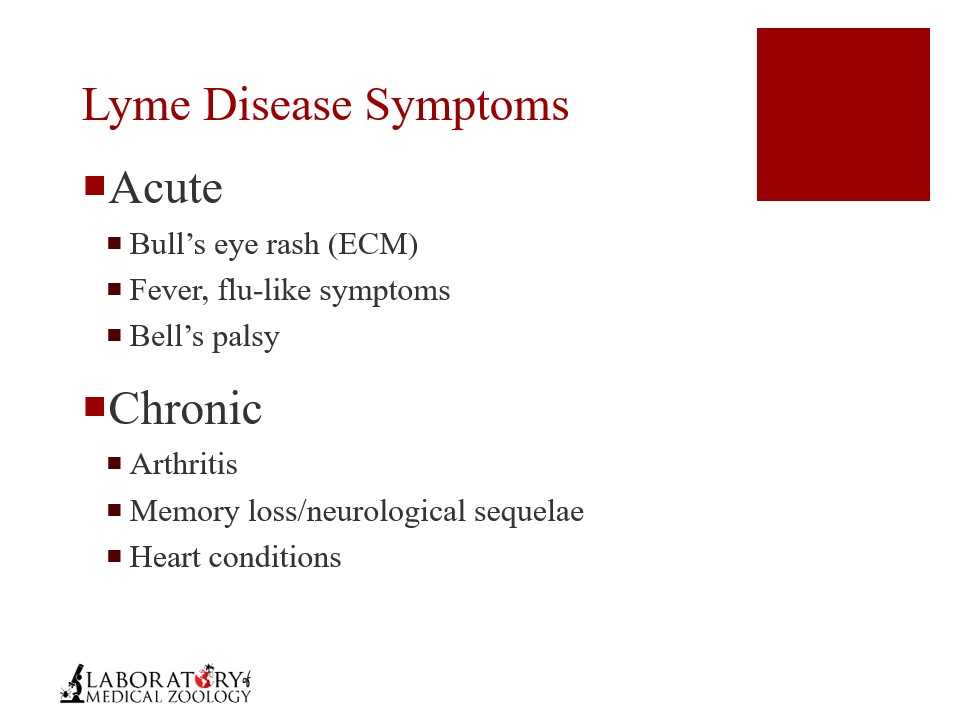Lyme Disease Quiz
1/9
Earn XP
Description and Tags
These flashcards by New England Center of Excellence in Vector-borne Diseases cover key vocabulary and facts related to Lyme disease.
Name | Mastery | Learn | Test | Matching | Spaced |
|---|
No study sessions yet.
10 Terms

What bacteria causes Lyme disease?
a) Borrelia burgdorferi
b) Salmonella enterica
c) E. coli
d) Plasmodium falciparum
a) Borrelia burgdorferi
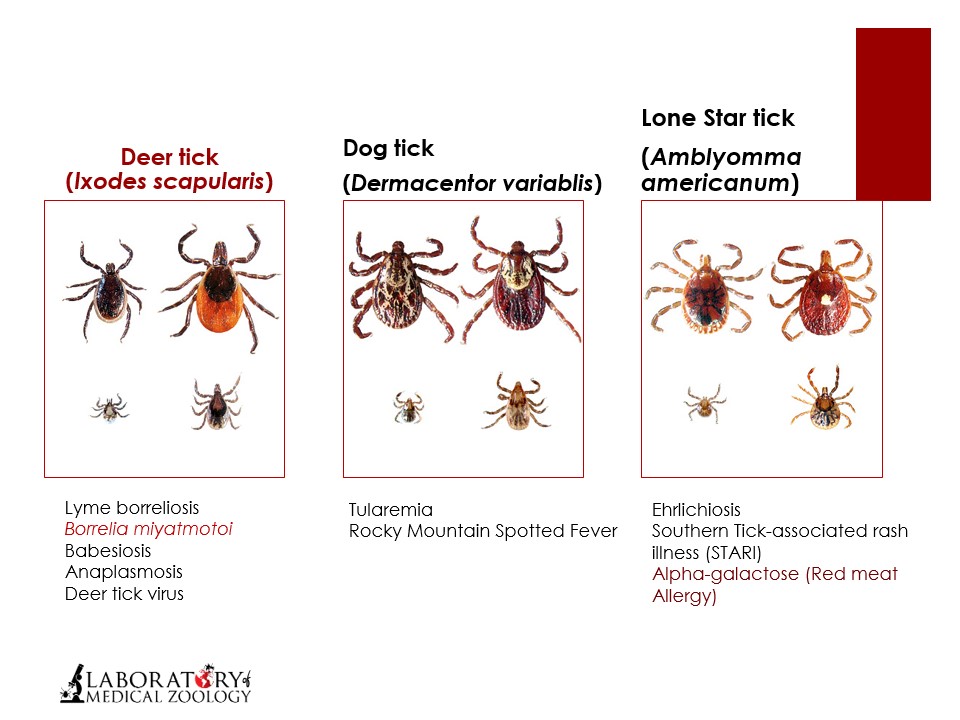

What is the most obvious symptom of Lyme disease, but one not everyone with Lyme disease gets?
a) Headache
b) Bull's-eye rash
c) Nausea
d) Joint pain
b) Bull’s-eye rash
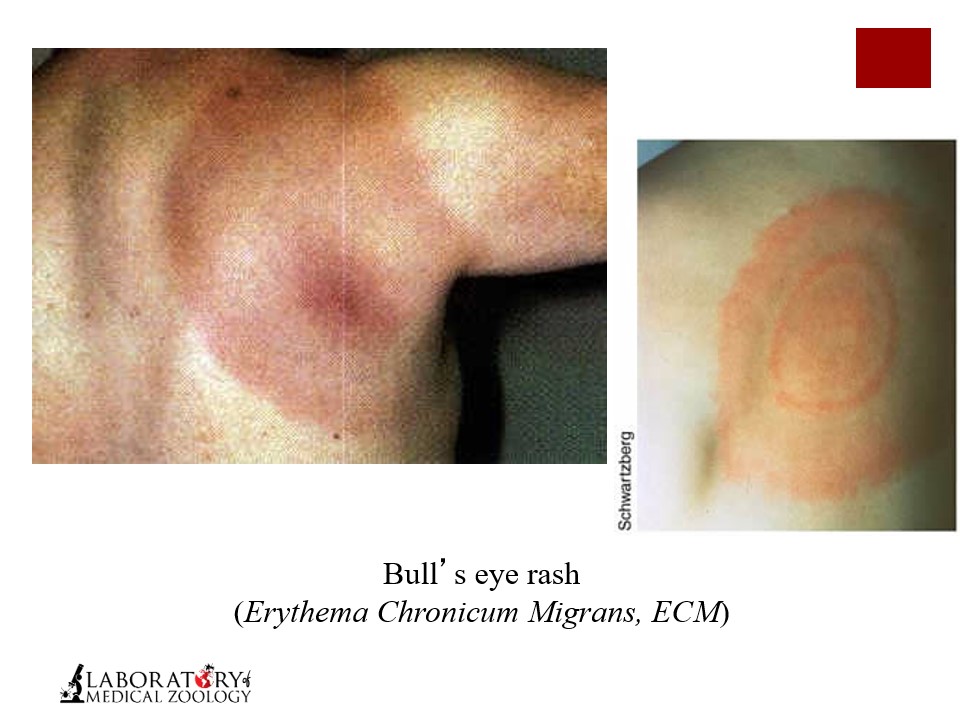

Which of the following is an early sign of Lyme disease?
a) Sudden fever
b) Muscle weakness
c) Erythema migrains (bull’s eye rash)
d) Diarrhea
c) Erythema migrans (bull’s eye rash)
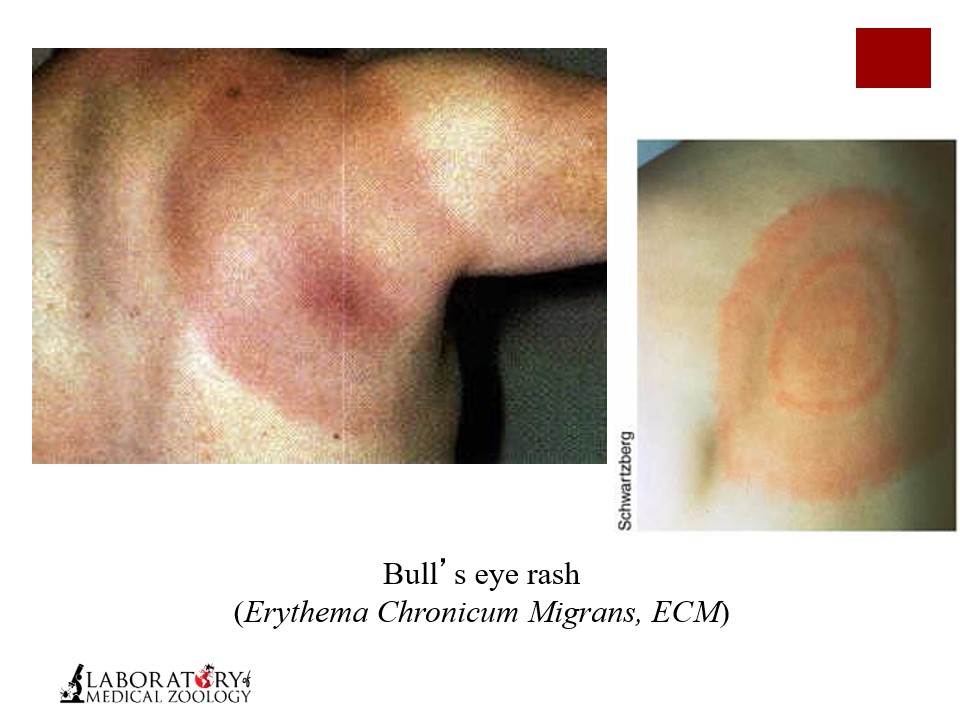

Do deer carry the pathogen that causes Lyme disease and transmit it to blacklegged ticks?
a) Yes
b) No
b) No


What is the most common treatment for Lyme disease?
a) Antifungal medication
b) Antibiotics
c) Pain relievers only
d) Antiviral drugs
b) Antibiotics
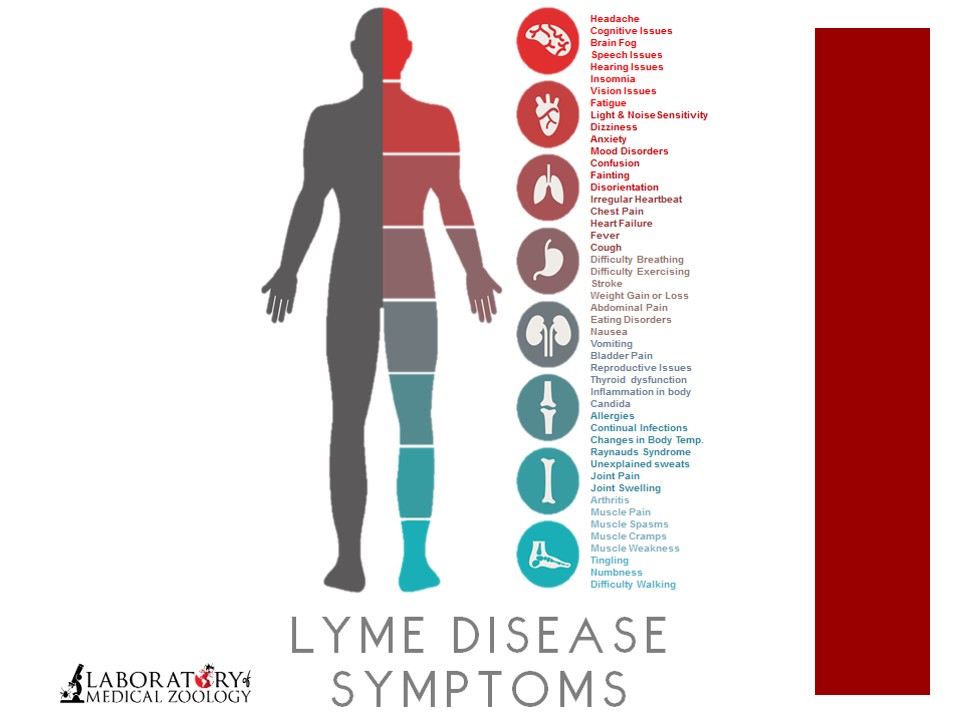

Which type of tick is the primary vector of Lyme disease in the United States?
a) Lone star tick
b) Blacklegged tick
c) American dog tick
d) Brown dog tick
b) Blacklegged tick
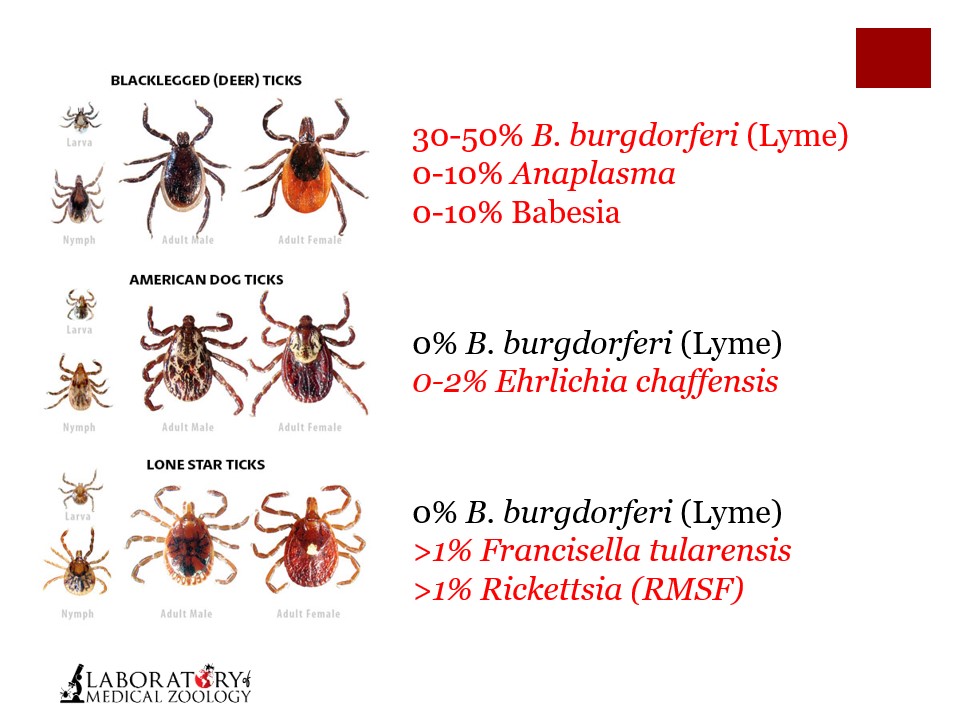

Which of the following is not a late-stage symptom of Lyme disease?
a) Chronic fatigue
b) Severe joint pain
c) Heart arrhythmia
d) Rash spreading all over the body
d) Rash spreading all over the body
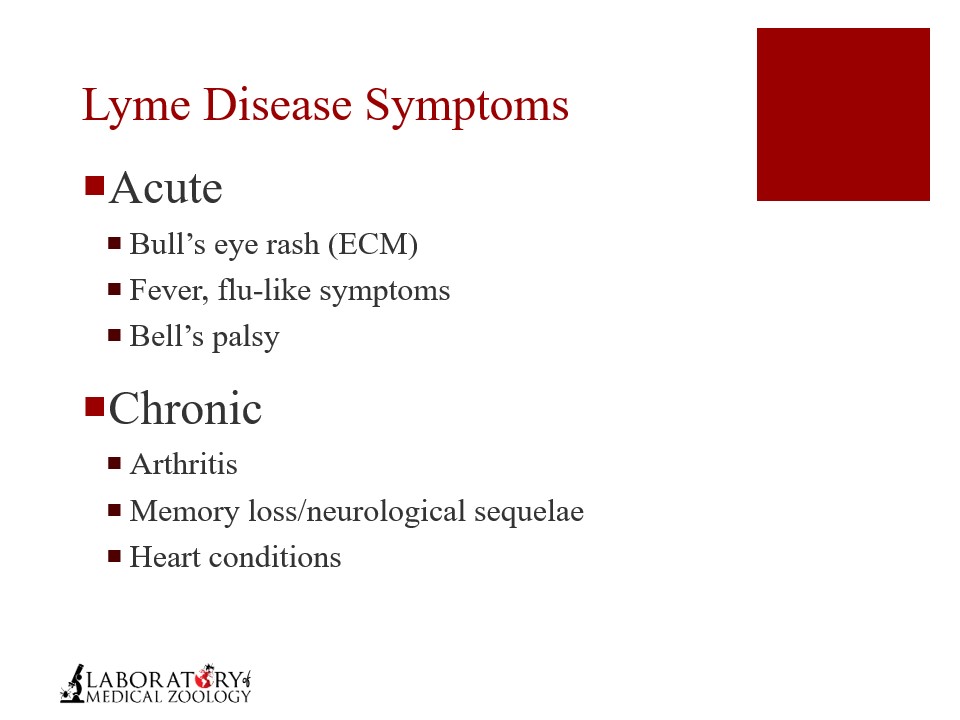

If you leave a ticks head in your body, it can still give you Lyme disease.
a) False
b) True
a) False


Which prevention method is recommended to reduce the risk of contracting Lyme disease?
a) Wearing long sleeves and pants
b) Using insect repellent
c) Checking for ticks after outdoor activities
d) All of the above
d) All of the above
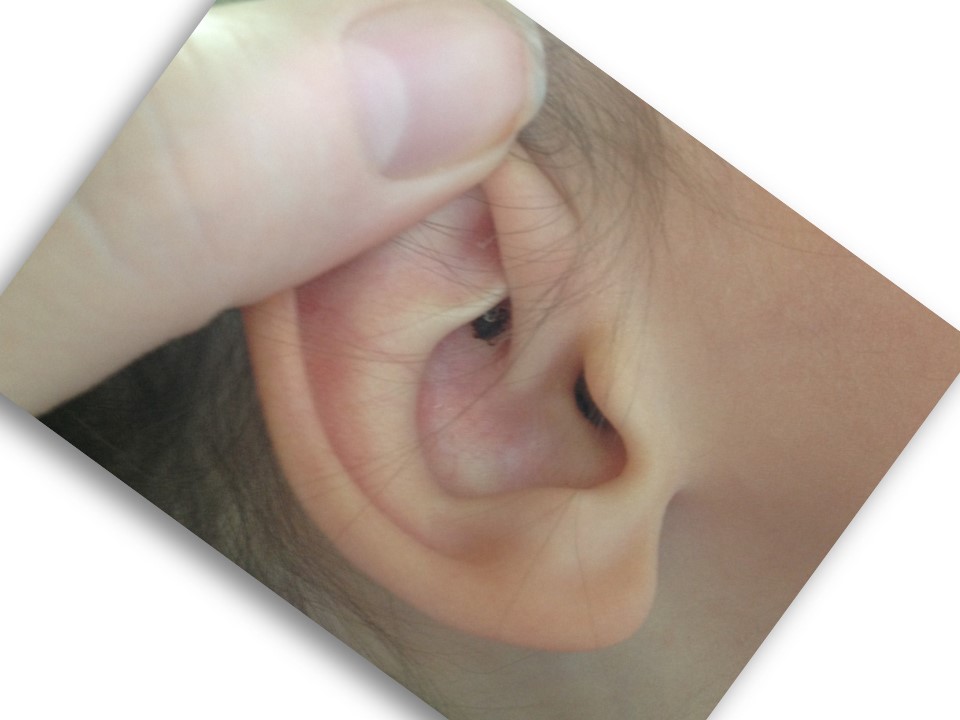

Which of the following is a common complication of untreated Lyme disease?
a) Kidney failure
b) Heart problems (e.g., arrhythmias)
c) Lung infection
d) Sepsis
b) Heart problems (e.g., arrhythmias)
